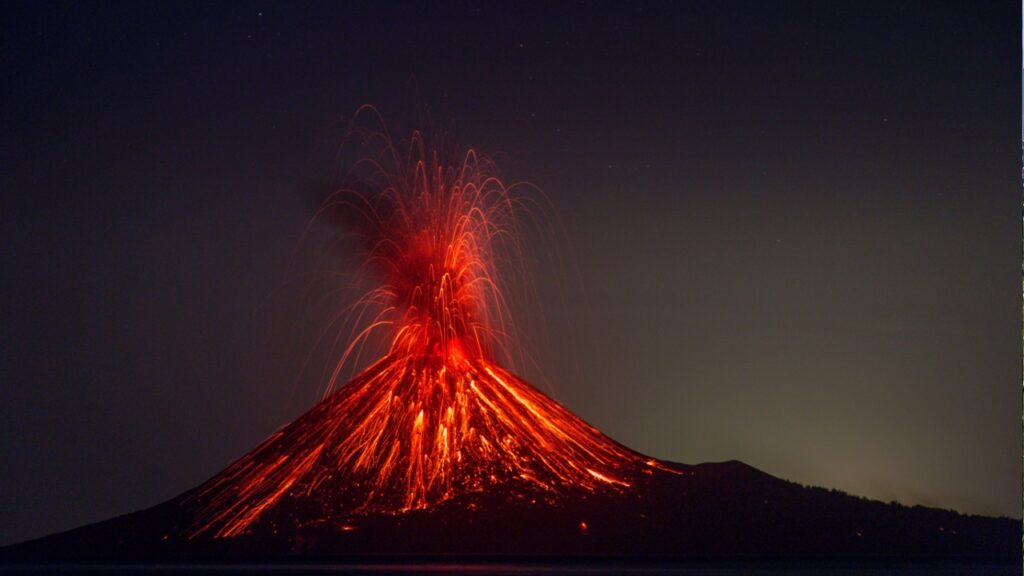Islands often bring images of swaying palm trees, sandy beaches, and relaxing vacations. But not every island is a paradise. Some hide dangerous secrets like poisonous creatures or deadly chemicals. Others show more obvious dangers, such as active volcanoes or steep, craggy cliffs. You might want to think twice before visiting these islands, as they are considered some of the most dangerous in the world.
Planning a beach getaway for some relaxation and sightseeing? These destinations should be off your list. Each of these islands poses high risks to travelers, including harsh environments, aggressive wildlife, or man-made hazards. Some are entirely off-limits due to safety concerns, while others require extreme caution and preparation.
This list of the most dangerous islands was compiled by looking at factors like harsh climates and landscapes, aggressive animals, political instability, and leftover dangerous substances from chemical tests. These islands stand out for their treacherous environments, making them either impossible to visit or very risky for those who dare.
14. Skellig Michael, Ireland

Skellig Michael, off Ireland’s southwest coast, is a rocky crag known for its ancient monastery and Star Wars filming location. The crossing from the mainland is tough due to rough waves and unpredictable weather.
On the island, steep, unstable paths with no handrails lead to the monastery. The island is a top tourist spot but only accessible from May to September, with limited tickets. Be prepared for a challenging but memorable visit.
13. Heard Island, Australia
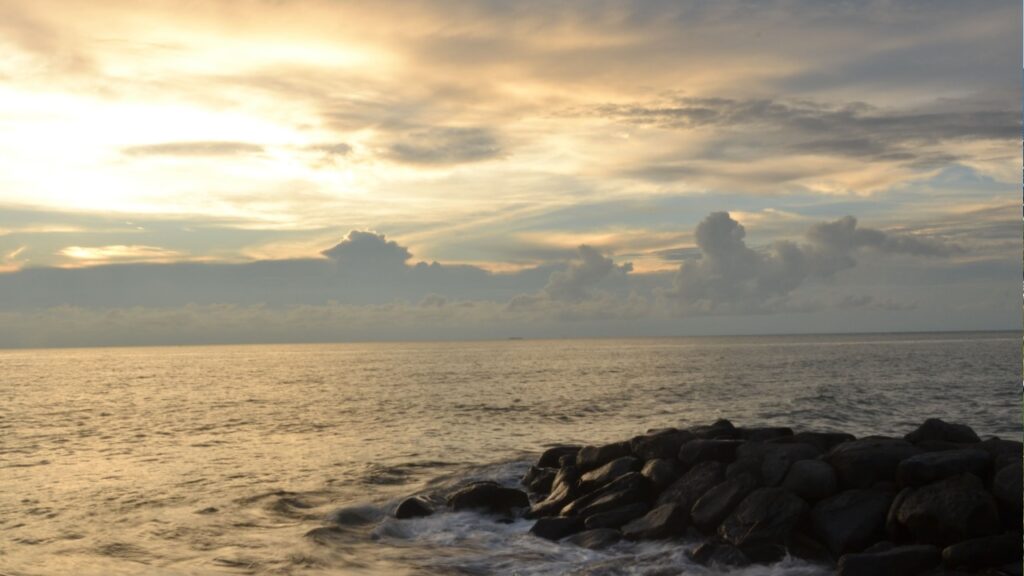
Heard Island, a remote part of Australia in the Southern Ocean, hosts Australia’s highest mountain and one of its only active volcanoes, Big Ben. Despite its glaciers, molten rock bubbles within. The island is home to penguins, fur seals, and elephant seals but is inhospitable to humans.
Researchers who visit face ice fields, crevasses, heavy snowfall, and strong winds. The journey is challenging, with rough seas, but the island’s geological, biological, and chemical features make it fascinating.
12. Bougainville Island, Papua New Guinea
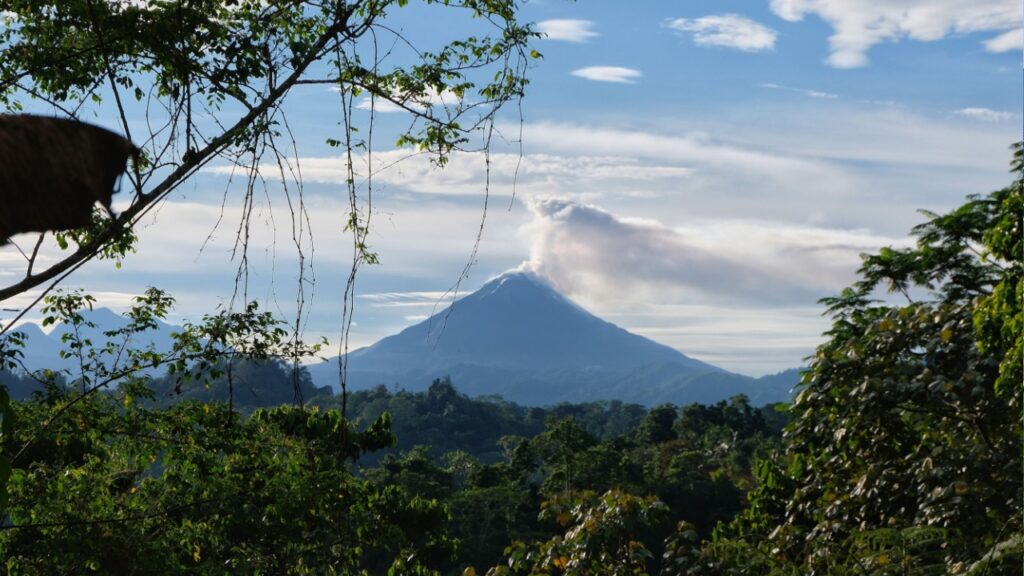
Bougainville has a turbulent history, from occupation by various countries to civil war in 1988. The island’s infrastructure is minimal, with thick jungle, impassable rivers, and volatile politics.
Tourists can visit, but should be cautious. Bougainville is an autonomous region aiming for independence by 2027, though tensions with Papua New Guinea’s government could cause instability.
11. Vozrozhdeniya Island, Uzbekistan
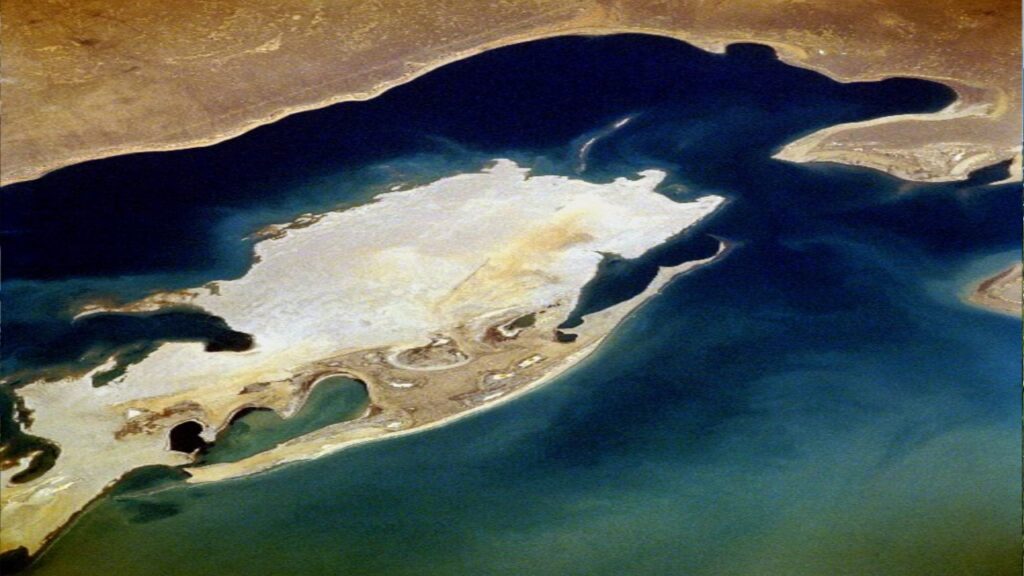
Once a large island in the Aral Sea, Vozrozhdeniya is now a dangerous wasteland. It was a Soviet biological weapons testing site, with anthrax, smallpox, and plague experiments conducted between 1936 and 1992. Anthrax was also buried on the island.
As the Aral Sea receded, the island expanded and connected to the mainland, increasing the risk of pathogen spread. Few people venture here, and those who do wear protective gear. Despite decontamination efforts, it’s still very dangerous.
10. Anak Krakatau, Indonesia
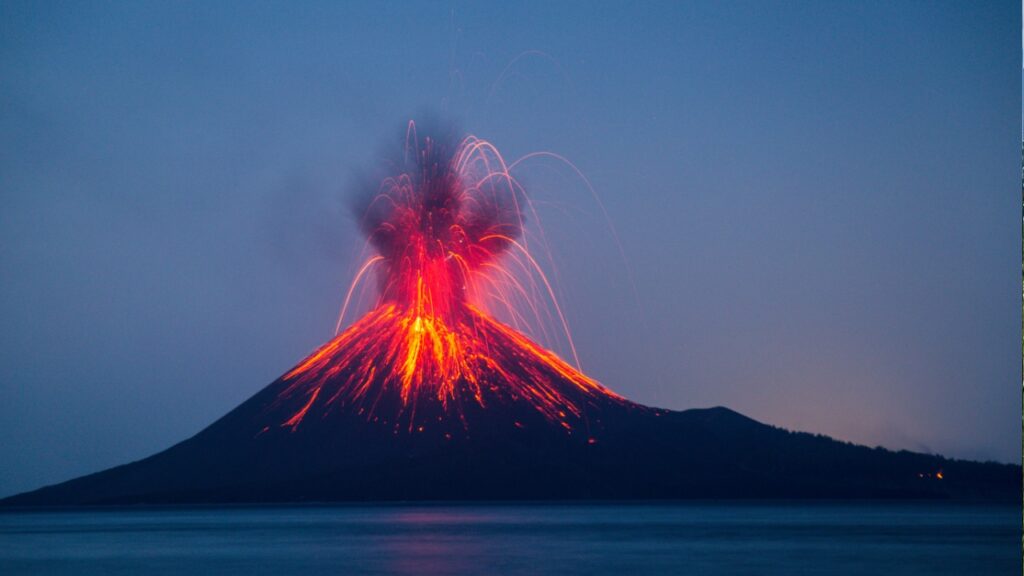
Krakatau’s eruption in 1883 was one of history’s most violent, altering global temperatures. The original cone sank, but by 1928, a new one, Anak Krakatau (child of Krakatau), emerged and is still active.
Located in the Sunda Strait, Anak Krakatau is only about 100 miles from Jakarta. Despite the risk, boat tours allow visitors to explore the volcanic island. Some tours even offer camping on the beach and climbing the cone, but it’s a risky adventure.
9. Bikini Atoll, Marshall Islands
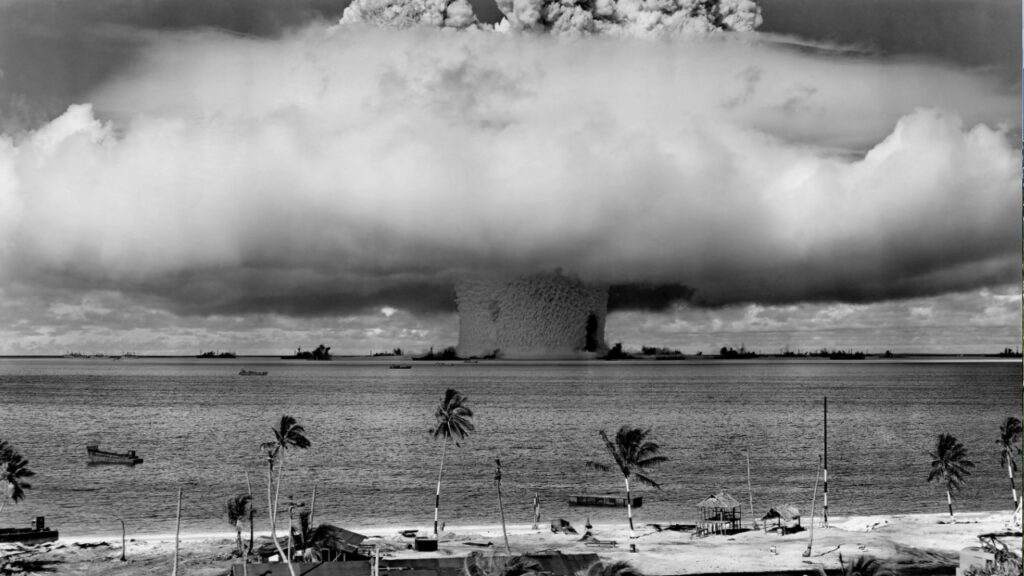
The Marshall Islands look like tropical paradises but were used for U.S. nuclear tests after World War II. Bikini Atoll, evacuated in 1946, saw 67 nuclear tests by 1958. The largest, “Castle Bravo,” was 1,000 times more powerful than Hiroshima and Nagasaki’s bombs.
Today, radioactive material still lingers on the atoll and in surrounding waters. While you can visit and dive, it’s not advisable to stay long due to the lingering radiation.
8. North Sentinel Island, Andaman Islands, India
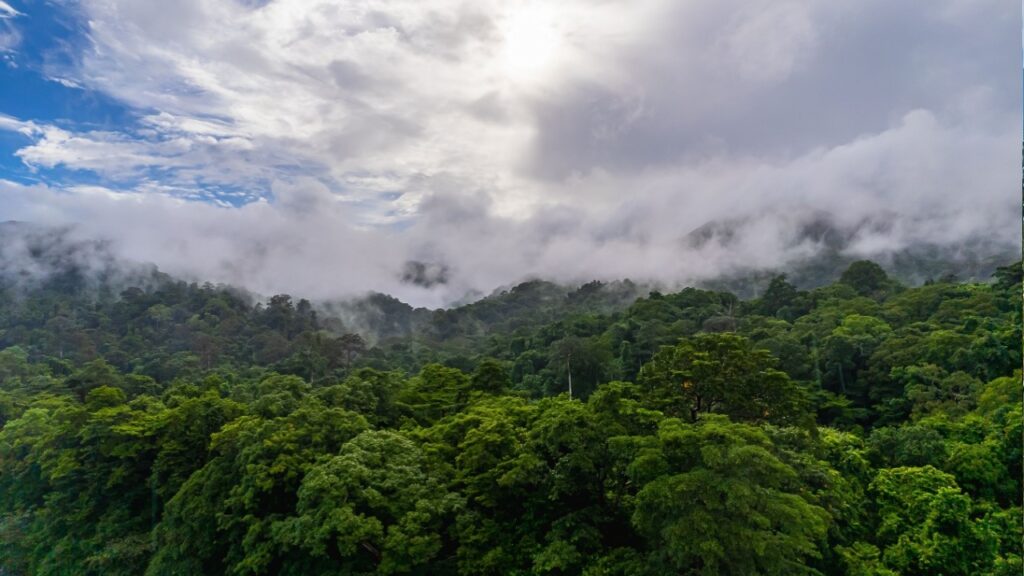
The Sentinelese on North Sentinel Island fiercely protect their home from outsiders, using violence if necessary. In 2006, two fishermen were killed after washing up on shore, and an American missionary was killed in 2018. The islanders have also shot arrows at boats and helicopters that come too close.
Many believe their hostility stems from past negative encounters. In the 18th century, the British kidnapped six islanders, resulting in illness and death. Since then, the Sentinelese have avoided contact. The Indian government has made it illegal to visit or go within three miles of the island.
7. Baffin Island, Canada
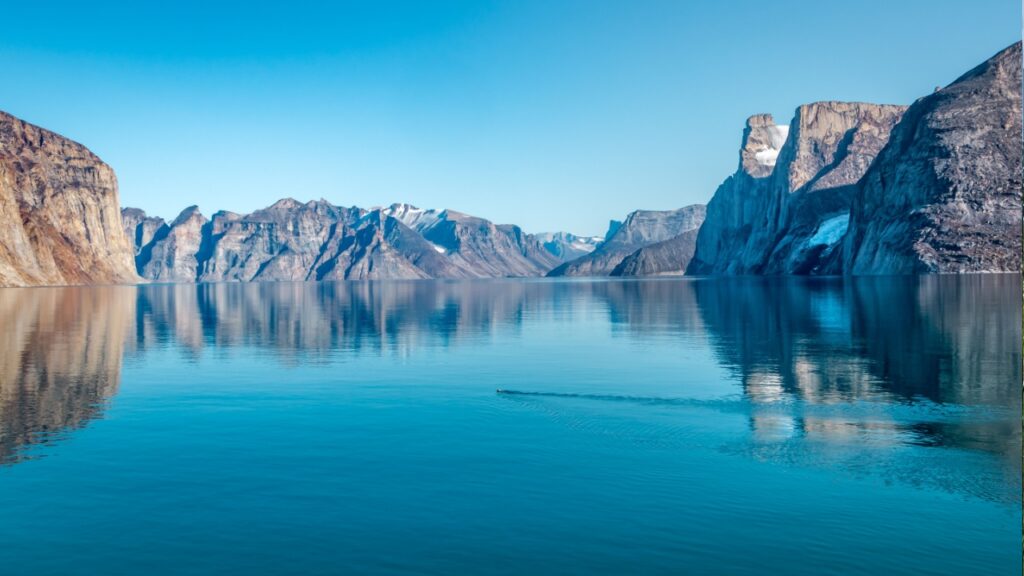
Baffin Island, the world’s fifth-largest island, offers vast wilderness with fjords, glaciers, and ice floes but is sparsely populated and dangerous. Winter temperatures average -31°F, with polar bears and wolves roaming for food. The few roads and treacherous waterways add to the risk.
Visitors who brave the harsh conditions can explore stunning landscapes and Inuit culture. Iqaluit, the capital of Nunavut, is the main access point. Local guides can take you fishing, hunting, kayaking, skiing, and dog-sledding in this remote paradise.
6. Ilha da Queimada (Snake Island), Brazil
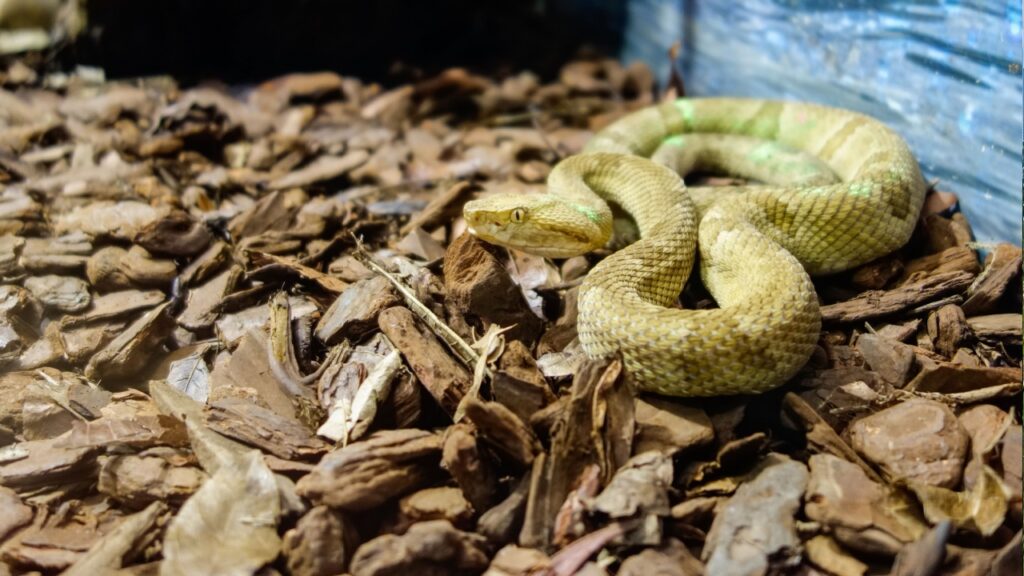
Ilha da Queimada, or Snake Island, off Brazil’s coast, is home to 2,000 to 4,000 deadly golden lancehead snakes. One bite can melt human flesh and cause death within an hour. The Brazilian government has banned public visits due to the extreme danger.
Legend says pirates placed the snakes to protect treasure, but in reality, rising sea levels separated the island from mainland Brazil 11,000 years ago, causing the snakes to evolve more potent venom to hunt birds. This unique species is critically endangered and exists only on this island.
5. Farallon Islands, U.S.
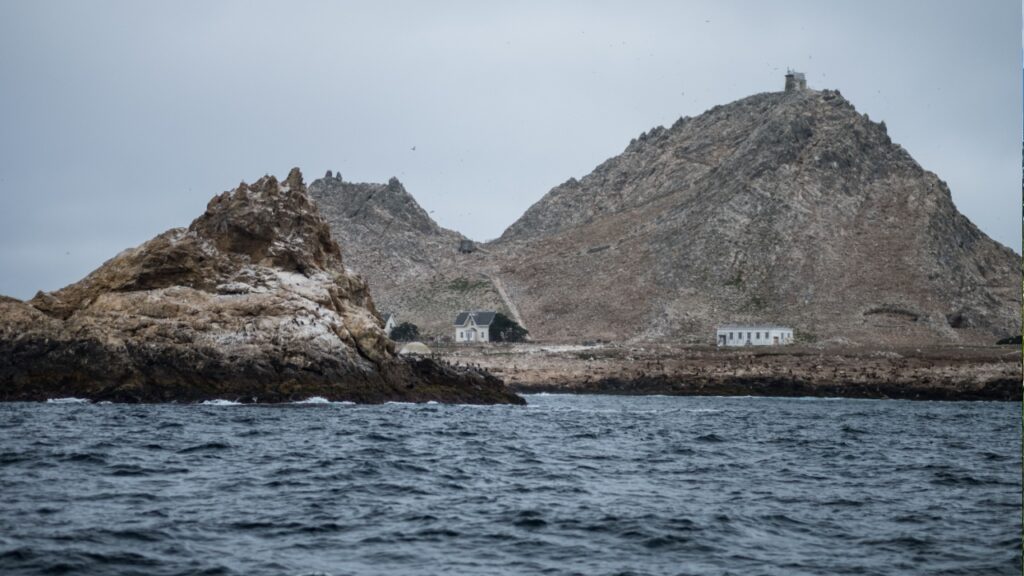
Visible from San Francisco on clear days, the Farallon Islands are about 30 miles from the Golden Gate area but are off-limits to the public. Known for shipwrecks and sharks, the islands also have thousands of containers of radioactive waste dumped nearby between 1946 and 1970.
The Farallon Islands National Wildlife Refuge surrounds the area, teeming with marine life like sea lions, dolphins, seals, orcas, gray whales, and humpbacks. You can’t land on the islands, but guided boat tours through the Oceanic Society are available from May to November.
4. K’Gari (Fraser Island), Australia
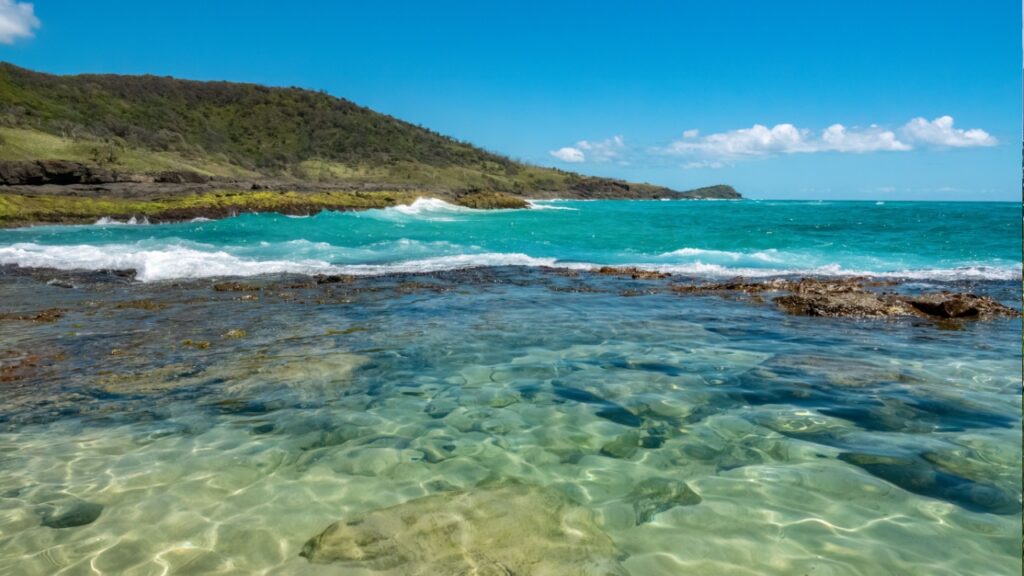
K’Gari (Fraser Island) in Queensland, Australia, is the largest sand island in the world, with beaches, dunes, lakes, and cliffs. However, it also hosts dangerous creatures like venomous Irukandji jellyfish, dingoes, great white sharks, and strong riptides.
If you visit, remember that the east side is where sharks are spotted, and currents are strong. Swimming is only recommended at the Champagne Pools, although jellyfish can sometimes wash in. Secure your food to avoid attracting dingoes and heed all warning signs near sand dunes, cliffs, and lakes.
3. Gruinard Island, Scotland, U.K.
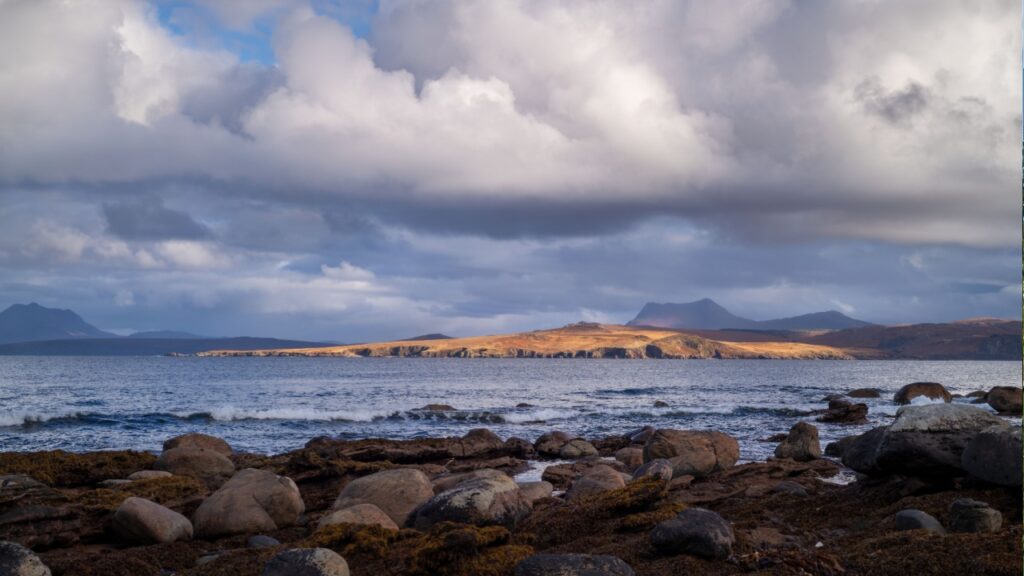
Gruinard Island, just off Scotland’s west coast, isn’t a place for a casual visit. During World War II, it was used for biological warfare experiments involving anthrax, contaminating the soil and killing a flock of sheep. The island was off-limits for 48 years.
In the 1980s, decontamination efforts began, and in 1990, the island was declared safe. Today, you can visit Gruinard Island, but locals remain cautious. Those who do visit will find old stone walls, a shepherd’s cottage, and fields home to rabbits and white-tailed eagles.
2. Komodo Island, Indonesia
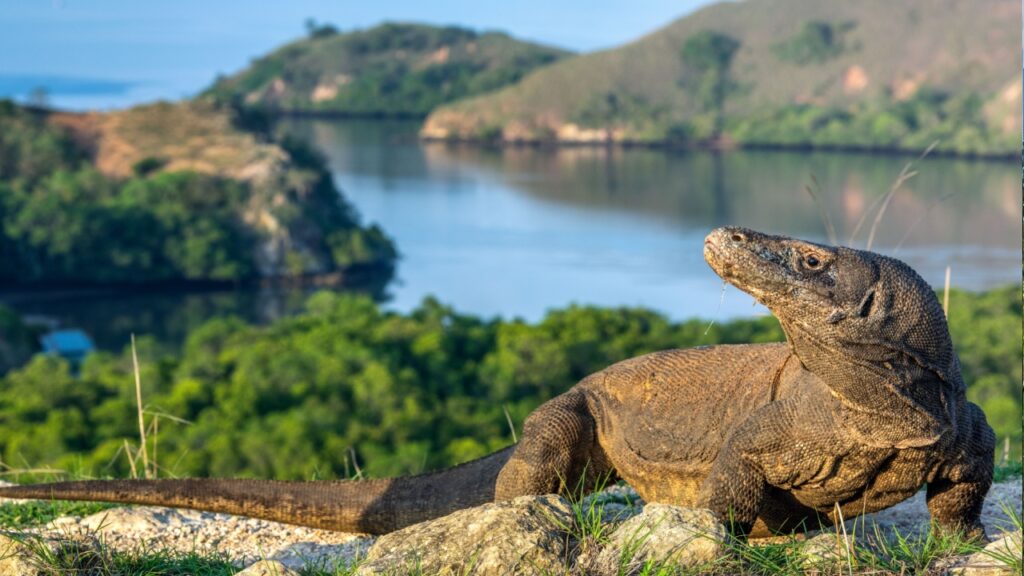
Komodo Island is famous for the world’s largest lizards: Komodo dragons. These fierce creatures, found only here and a few other islands in Komodo National Park, Indonesia, are aggressive and agile, with razor-sharp teeth and venomous saliva. They can grow up to 10 feet long and use their forked tongues to track prey, including monkeys, deer, wild boar, goats, and even humans.
You can visit Komodo National Park from Labuan Bajo on Flores Island. Tours take you to see the dragons, but always follow your guide’s instructions and keep a safe distance. Rangers patrol to ensure safety, but attacks have still occurred.
1. Whakaari (White Island), New Zealand
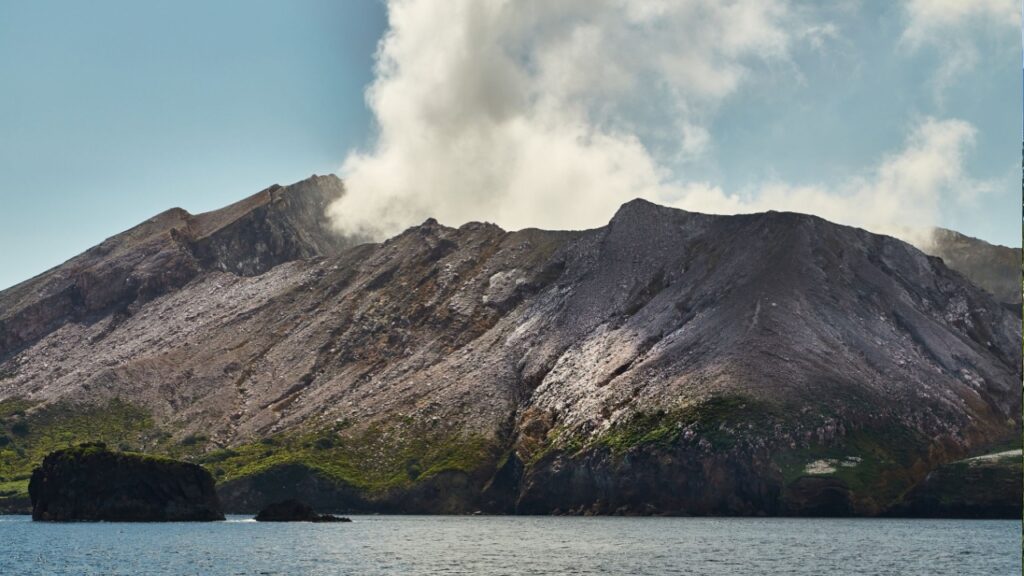
Whakaari in the Bay of Plenty is an impressive sight with its rugged cliffs rising over 1,000 feet above sea level and smoke wafting from its center. It’s the tip of a massive underwater stratovolcano, known as Te Puia o Whakaari, meaning “The Dramatic Volcano.” It’s New Zealand’s most active volcano.
Tourists used to explore the island, but everything changed on December 9, 2019, when a major eruption killed 22 visitors and injured 25 more. Now, you can only view the island from boats or planes. While it’s a thrilling adventure, the volcano could erupt anytime, so you’re safer viewing it from lookout points in Whakatāne on the North Island, about 30 miles away.
Becky is a fervent wildlife enthusiast and pet care expert with a diploma in canine nutrition. Her love for animals stretches beyond the domestic, embracing the wild tapestry of global fauna. With over a decade of experience in animal welfare, Becky lends her expertise to OutlandishOwl through insightful articles, captivating wildlife information, and invaluable guidance on pet nutrition. Her work embodies a deep commitment to understanding the intricate lives of animals and a passion for educating others on sustaining natural habitats. Becky's hands-on conservation efforts and her knack for translating complex dietary science into practical pet feeding tips make her an indispensable voice for creatures great and small.

